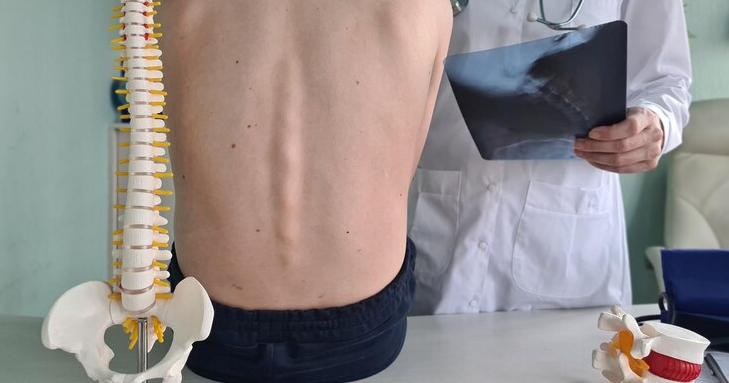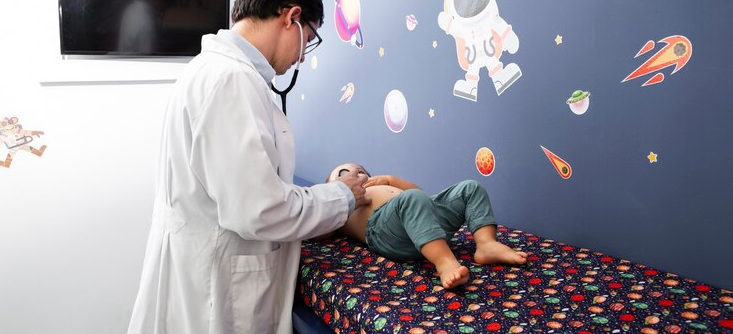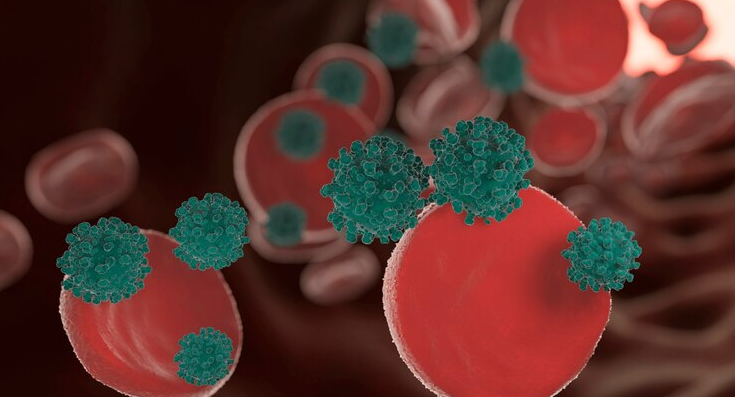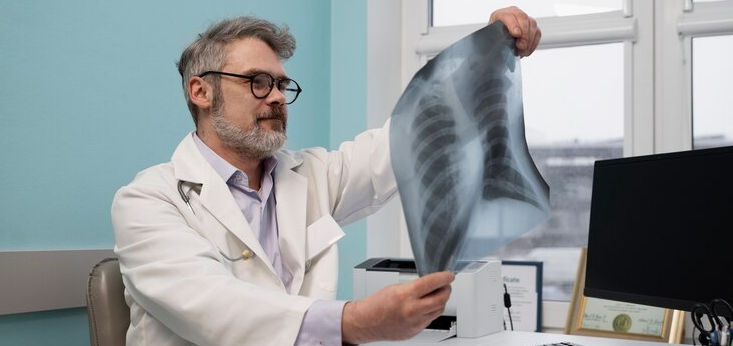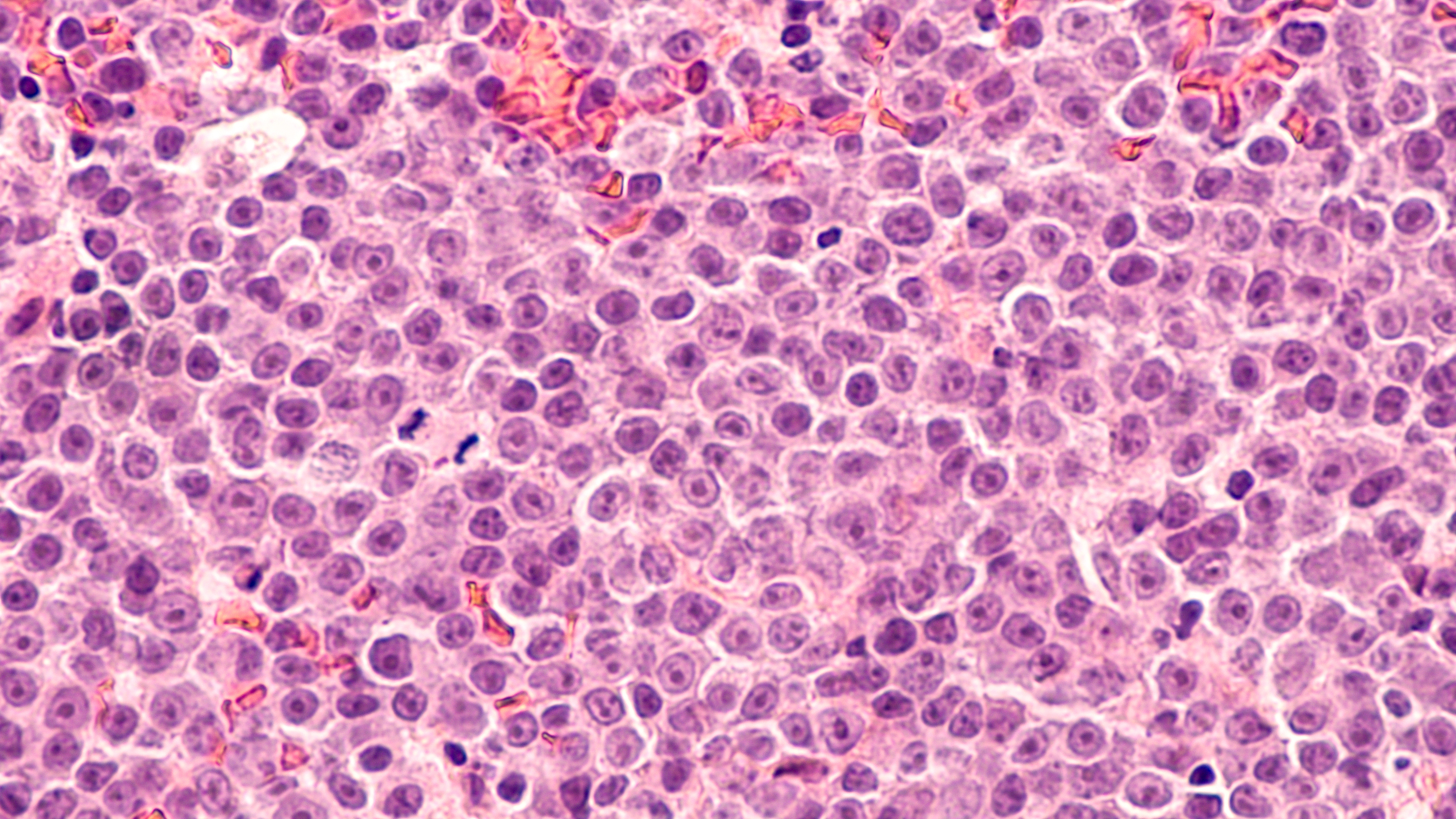The following is a summary of “Should we offer prenatal exome sequencing for intrauterine growth restriction or short long bones? A systematic review and meta-analysis,” published in the APRIL 2023 issue of Obstetrics and Gynecology by Mone, et al.
For a study, researchers sought to assess the added diagnostic value of prenatal exome sequencing compared to chromosomal microarray or G-banding karyotype in fetuses presenting with either intrauterine growth restriction related to placental insufficiency or short, long bones, both in isolated and nonisolated cases for each scenario.
A systematic search was conducted in MEDLINE, Embase, Web of Science, and Cochrane, from January 2010 to April 10, 2022, to identify relevant citations. Additionally, bibliographies and in-house data were included in the analysis. No restrictions were applied regarding language or publication date. Prospective or retrospective cohort studies and case series were eligible for inclusion if they met the following criteria: included more than 5 cases of fetuses with short, long bones and/or intrauterine growth restriction undergoing prenatal sequencing, with a clearly defined phenotype and assessment of placental function; prenatal genetic testing was based solely on the phenotype observed during pregnancy; chromosomal microarray or karyotype results were nondiagnostic; and genetic testing results were known.
The incremental yield of prenatal sequencing was calculated for each study, and a pooled estimate was obtained for the specific groups mentioned using a random-effects model. Forest plots with 95% CI were used to visualize the results. Heterogeneity among studies was assessed using Higgins’ I2 statistic, and potential publication bias was examined through funnel plots. The quality of included studies was evaluated based on modified Standards for Reporting of Diagnostic Accuracy criteria, and the review protocol was registered with the International Prospective Register of Systematic Reviews.
A total of 19 studies, comprising 452 cases, were included in the analysis. The apparent incremental yields of prenatal sequencing were as follows: 4% (95% CI: -5.0 to 12; I2 =0%) in cases of isolated intrauterine growth restriction with evidence of placental insufficiency, 30% (95% CI: 13-47; I2 =1%) in cases of intrauterine growth restriction with additional structural anomalies, 48% (95% CI: 26-70; I2 =73%) in cases of isolated short long bones, and 68% (95% CI: 58-77; I2 =51%) in cases of short long bones with additional skeletal anomalies. Among the 37 cases of short long bones with a diagnosed condition, 32 were associated with skeletal dysplasia, with thanatophoric dysplasia and osteogenesis imperfecta being the most common conditions (both occurring in 21.6% of cases [n=8/37]).
Osteogenesis imperfecta was the most frequently observed diagnosis (28% [n=57/204]) in short, long bones with additional skeletal features. Among documented cases, 75.4% (n=150) exhibited de novo inheritance patterns.
Prenatal exome sequencing provides a significant incremental yield over chromosomal microarray in cases of fetuses with short long bones or multisystem intrauterine growth restriction. However, further robust studies were needed to determine the utility of fetal sequencing in cases of isolated intrauterine growth restriction with evidence of placental insufficiency, as current evidence was insufficient to support its routine use.




